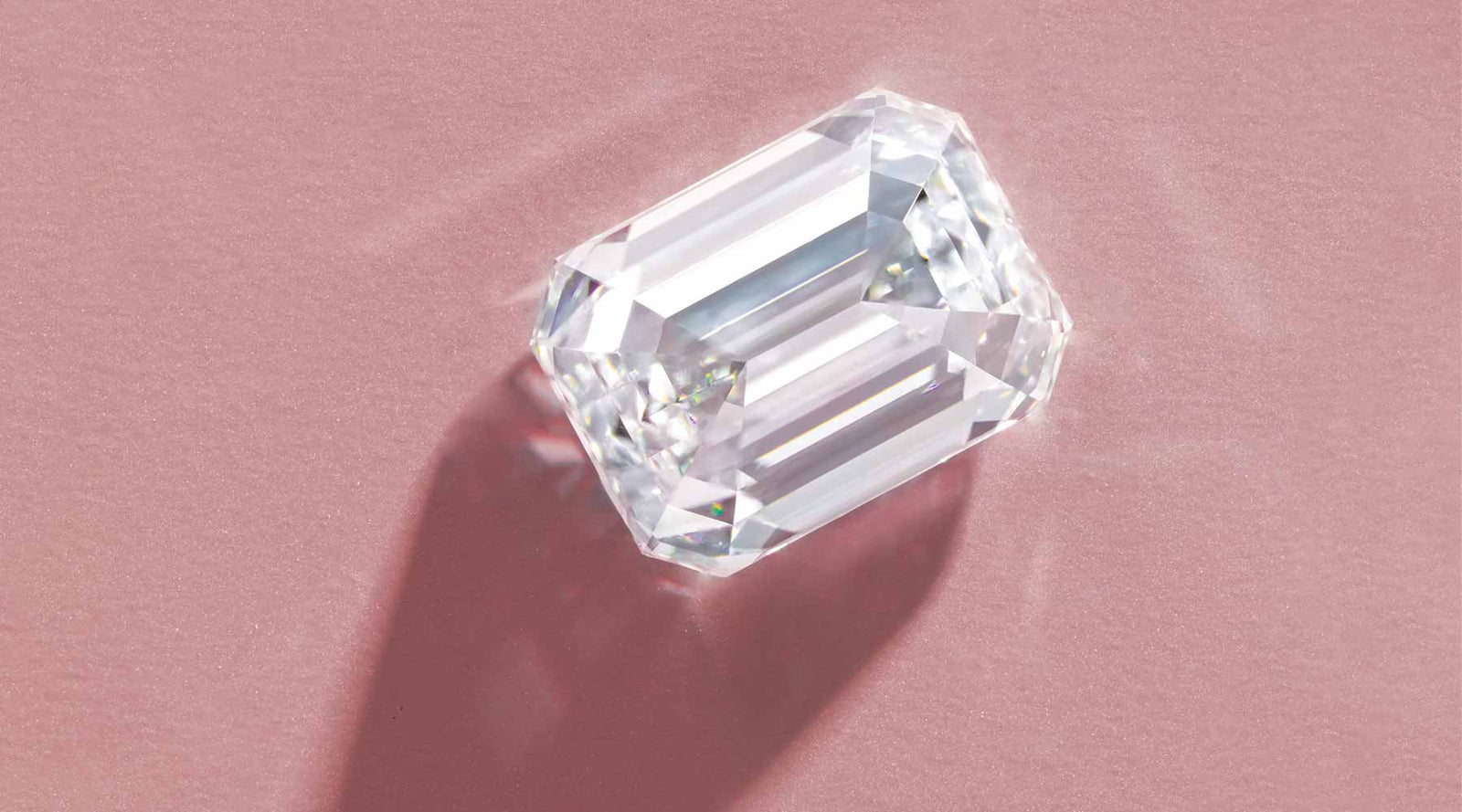Look for FREE shipping at checkout!
Look for FREE shipping at checkout!
Shop All
Education

Diamond Cut
3 min read
The diamond’s cut is arguably the most important of the 4 C’s, and if you don’t have the knowledge, you’re a little bit in the dark about how to actually evaluate it. This is why I like to always start here!
A common mistake people make when they hear the “cut of the diamond” is that they automatically think of the shape. The shape does play a role in the type of cut since the shape refers to the outline of the stone, but there is more to the cut of a diamond than just the shape. A stone's cut is made up of an arrangement of facets. The cut has the most impact on the diamond’s beauty and is the only thing that is influenced by a human.
Anatomy of a Diamond

- The largest facet of a gemstone.
- The top portion of the diamond from the girdle to the table.
- The intersection of the crown and pavilion defining the perimeter of the diamond. Here you'll find any laser inscriptions with the report number.
- The facet at the tip of the gemstone.
- The bottom portion of the diamond from the girdle to the culet.
Now I am going to take you back to Algebra class (just when you thought you would never use that again!) All that plays into the cut are proportions, angles, symmetry, and polish. The precision of every facet and angle affects the amount of light returned or lost. Basically, we want as much light to travel through the diamond and bounce back out of the top.





When a diamond is cut with the proper proportions & angles, a diamond will sparkle and return light unlike anything else. It comes to life! When a diamond is poorly cut, it becomes dull, lifeless, and dark. Ultimately it doesn’t show off the beauty of a diamond like it should.
Three terms you need to know about a diamond’s relationship with light.Each of these play a part in a diamond’s visual appeal.
- Brilliance - Brightness created from a combination of reflected white lights.
- Fire - Flashes of spectacular color seen through all aspects of the diamond.
- Scintillation - Areas of light and dark that reflect when the diamond is moved.
GIA Cut Grading System
GIA or Gemological Institution of America is the world’s foremost authority on diamonds, colored stones, and pearls. They’re a public benefit, non-profit institute that sets the gold standard on grading stones (and so much more). I always refer to GIA and their grading system with certificates-find more about this topic here.
There are five cut grades a stone can receive:
- Excellent (EX)
- Very Good (VG)
- Good (G)
- Fair (F)
- Poor (P)

Now with a round brilliant cut diamonds, there is an exact science to evaluate the cutdown to 0.5%. With fancy cuts (any other shape besides round), there is no universal agreement on what makes a fancy cut beautiful. An elongated marquise diamond might look too long to one person, but its slender elegance might be just what you’re looking for.
Vicki & I take the cut of a stone very seriously because we want exceptional stones, and know that you do too. So one thing we always do is to make sure we see a diamond in person before we ever show it. This ensures that you will always get a diamond that is full of life & sparkle instead of a dull, hazy diamond. Because let’s face it, a piece of paper doesn’t tell a diamond’s whole story.
Recent Articles
Note from Torri
Maybe you're a long time follower, or maybe you're new here! Either way I am so thankful you stopped by. Because of YOU we are able to do what we love.





